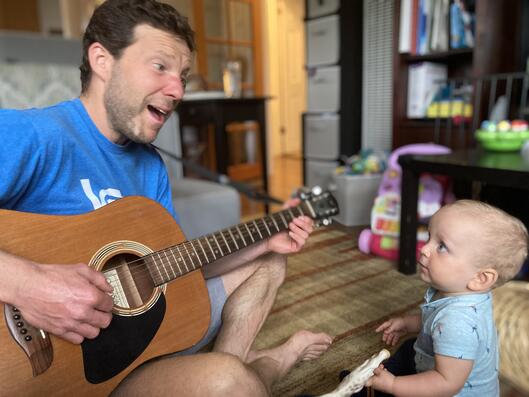In 2023, an estimated 4,000 people died on California’s roadways. More than 30% of these traffic deaths happened on state-owned roads. It doesn’t have to be this way. SPUR — together with CalBike, WalkSF, StreetsforAll, KidSafeSF and AARP California — is sponsoring a bill that would make state roads that function as local streets safer by design.
Caltrans, the California department of transportation, oversees state-owned highways and has a legal duty to provide for the safety and mobility needs of all users — including people walking, biking, and using transit — on all roads that are legally available to them. Senate Bill 960, authored by Senator Scott Wiener, calls on Caltrans to put this duty into consistent practice through focused investments in safety improvements and transit priority improvements on some state highways, including the most heavily-used multimodal corridors in the state such as Van Ness Boulevard (SR 101), Park Presidio (SR 1), and Sloat Boulevard (SR 35) in San Francisco, International Boulevard (SR 185) and Ashby Avenue (SR 13) in the East Bay, El Camino Real (SR-82) on the Peninsula, Pacific Coast Highway (SR 1) along the state coastline, and others. These types of state highways function as local roads, but are actually owned by Caltrans, which means that local governments and local transit agencies do not have control over them.
This is not a groundbreaking bill — and yet there is no guarantee that it will pass. In fact, a similar bill was vetoed in 2019 in order to give Caltrans more time to put the directive into practice on its own. In the meantime, the number of traffic deaths has reached new heights.
Below is testimony from Laura Keenan, the widow of Matt Keenan, who was killed by a driver in 2021. She gave her testimony in support of Senate Bill 960 at the California Assembly Transportation Committee this July.
----
Good Afternoon Chair Wilson and members of the Assembly Transportation Committee. I’m Laura Keenan, co-founder of Families for Safe Streets, San Diego chapter. Our members have lost loved ones or survived crashes themselves. Most were walking or biking.
In September 2021, my 42-year-old husband, Matt, was biking to the movies when a driver struck him in a marked bike lane. I remember saying “See you later,” but he never made it home. The road was not designed to protect Matt. He didn’t stand a chance and died at the scene. The next morning, I had to tell our 15-month-old, Evan, that his dad would never come home again.

Matt and I were married for just two and a half years. September marks Matt's third death anniversary. He will be dead longer than we were married. Matt was robbed of fatherhood and Evan of his amazing dad. Now 4, Evan knows Matt through stories and pictures but no memories of his own. He says, “I wish Daddy were here.” I reassure him, “Daddy loved you beyond words. He was so proud of you and always will be.”
Matt exuded passion and made you want to say “yes”. He’d laugh so hard he’d cry. To me, he felt like home. We'd be raising our son together if California prioritized safety for ALL road users. My memories of Matt and the echoes of his laughter are with us daily. The hole in our hearts is forever.
I'm confident Matt would be alive if that street had a protected bike lane or traffic calming to limit speeds. SB 960 would require these life-saving measures.
Please, use your power. Support SB 960, the Complete Streets Bill, to protect our most vulnerable road users. Thank you.
